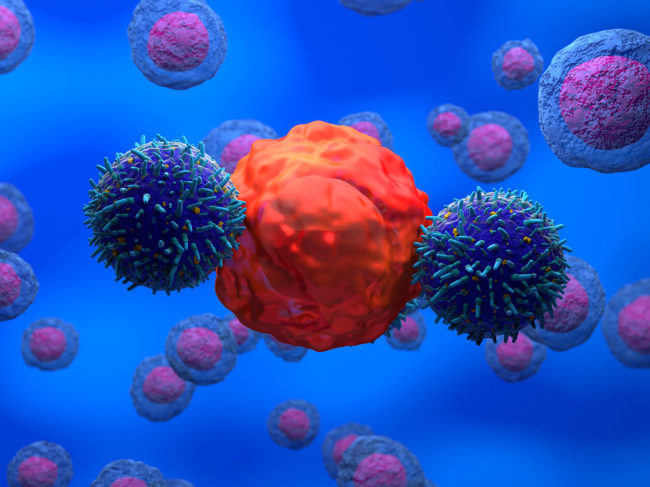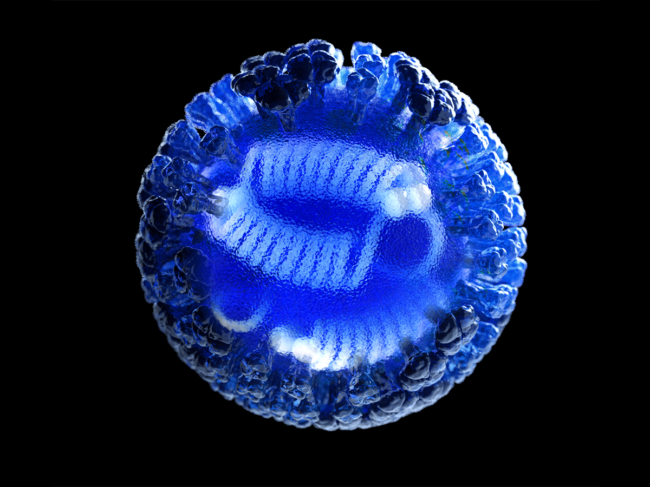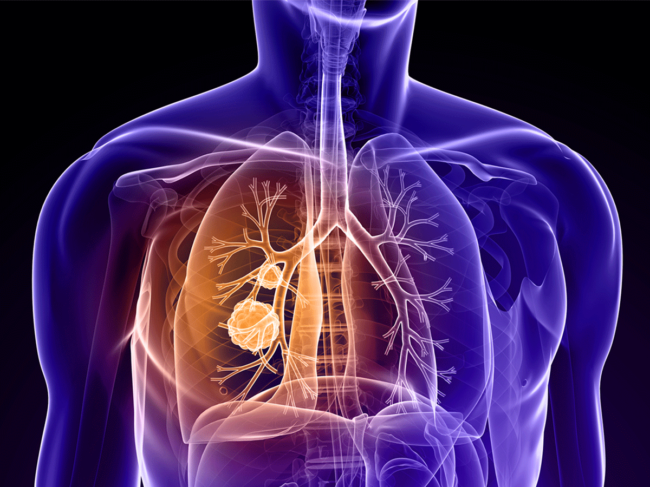
- BioWorld
- BioWorld MedTech
- BioWorld Asia
- BioWorld Science
- Data Snapshots
- Special reports
- Infographics: Dynamic digital data analysis
- Trump administration impacts
- Biopharma M&A scorecard
- BioWorld 2024 review
- BioWorld MedTech 2024 review
- BioWorld Science 2024 review
- Women's health
- China's GLP-1 landscape
- PFA re-energizes afib market
- China CAR T
- Alzheimer's disease
- Coronavirus
- More reports can be found here
ARTICLES
Genetic/congenital
Pretzel Therapeutics narrows the therapeutic gap for PolG disease
April 15, 2025
Infection
Combining antibody domain, NA-targeting drug makes for broad-spectrum antibody
April 1, 2025
Infection
Humanized antibody prevents angioinvasion of fungi causing mucormycosis
March 18, 2025
Cardiovascular
Lysosomes, NCOA7 on the scene of pulmonary arterial hypertension
Jan. 24, 2025
- BioWorld
- BioWorld MedTech
- BioWorld Asia
- BioWorld Science
- Data Snapshots
- Special reports
- Infographics: Dynamic digital data analysis
- Trump administration impacts
- Biopharma M&A scorecard
- BioWorld 2024 review
- BioWorld MedTech 2024 review
- BioWorld Science 2024 review
- Women's health
- China's GLP-1 landscape
- PFA re-energizes afib market
- China CAR T
- Alzheimer's disease
- Coronavirus
- More reports can be found here






